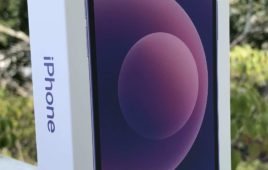LAS VEGAS – There was a lot going on at CTIA this year, making it hard to catch every detail that spilled out during keynotes, sessions and press announcements.
Here’s a taste of what we heard during the action:
• Speaking during Thursday’s keynote, Qualcomm CTO Matt Grob said his company is on track to release 5G New Radio-type services in the 2018, 2019 timeframe. Grob said there are also “pretty significant” 5G activities that will come before then that Qualcomm is participating in.
• In Thursday’s keynote Q&A with Verizon EVP and President of Operations John Stratton, New Cities Foundation Founder and Chairman John Rossant said $50-$60 trillion will need to be invested globally over the next 15 years on upgraded infrastructure for smart cities. Rossant said the industry has to come up with new, innovative models for financing these big infrastructure projects for them to move forward quickly and efficiently.
• Silver Spring Networks CEO Mike Bell said the development of the Internet of Things should focus on which use cases are best suited to which technologies. For example, Bell said smart cars would best be paired with cellular networks where stationary IoT devices used in metering and smart street lights could function efficiently on low-power networks. Bell also stressed the importance of not taking shortcuts when developing IoT security, particularly where mission-critical services like utility grids are concerned.
• Sprint COO Gunther Ottendorfer and Vice President of Technology Innovation and Architecture Ron Marquardt said all carrier aggregation is not created equal and “that will show over time.” Rather than cobbling together spectrum from different bands, Ottendorfer and Marquardt said Sprint’s uses intra-band carrier aggregation on its 2.5 GHz spectrum. The pair said intra-band carrier aggregation allows for a more consistent user experience than the inter-band carrier aggregation alternative, which utilizes varying bands that offer different levels of coverage.




